Ten of the Most Dangerous Insects Alive Today
Ten of the Most Dangerous Insects Alive Today
Enter the Danger Zone
Sometimes, the smallest, most unassuming little creatures can be the most terrifying. We all know to be wary of crocodiles, venomous snakes, and the occasional lion you may come across, but some tiny, and even seemingly negligible, insects can be just as dangerous… **As arachnids such as spiders, scorpions, and ticks are not technically insects, they will be omitted from this list.
1. Bullet Ants
Bullet ants are currently the largest species of ant alive on Earth today. Not only are they intimidatingly large, but their sting packs a severe punch. In fact, these ants are named for the fact that their stings are comparable to the pain of being shot. Coupled with this excruciating pain, these stings come with a host of side effects including sweating, uncontrollable shaking, elevated fever, and even paralysis. In Central America, where bullet ants are indigenous, they are referred to as the 24-hour ant. This is due to the fact that the neurotoxin in the bullet ant venom, called poneratoxin, is incredibly potent and will persist in the human body for around 24 hours, constantly triggering your pain receptors as it does. 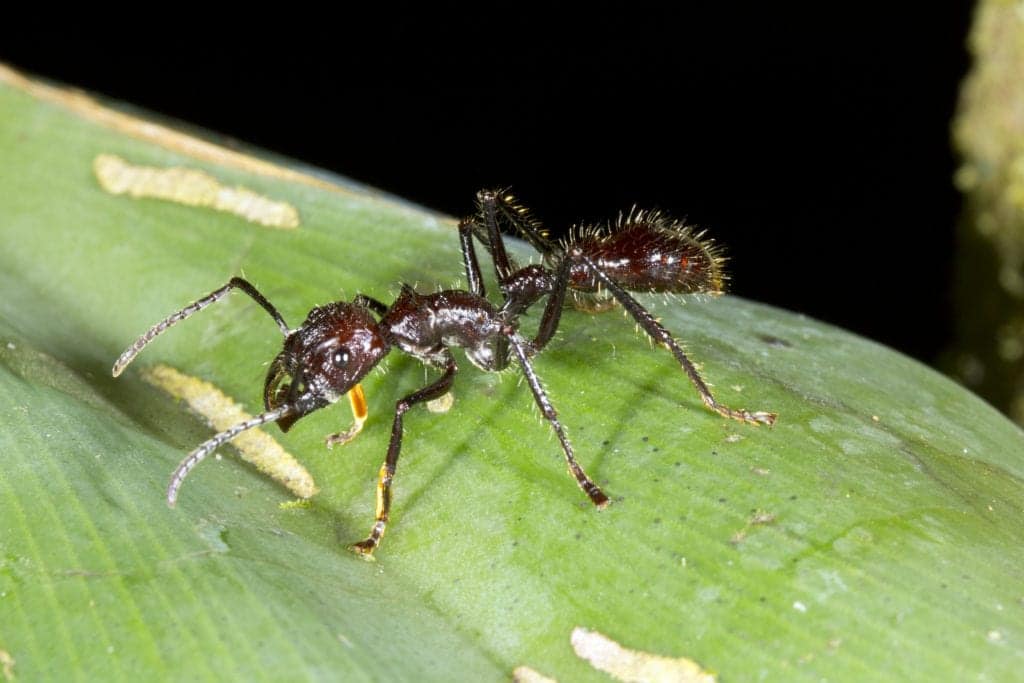
2. Africanized Honeybees
Also known as “Killer Bees” Africanized Honeybees are a force to be reckoned with. In a single colony there can be up to 80,000 bees and they are known for having a vengeful personality – chasing people for over a mile if their home is disturbed. As a subspecies of the Western Honeybee, their venom is not particularly potent or dangerous of its own right but, rather, the vast population size of colonies can be easily overwhelming, resulting in a potential of several thousand stings in a single encounter. Receiving a dose of their venom in such magnitude can result in death even for those that do not have an allergy to the stings. Currently, recorded deaths from Africanized Honeybees stands at roughly 1,000 worldwide. 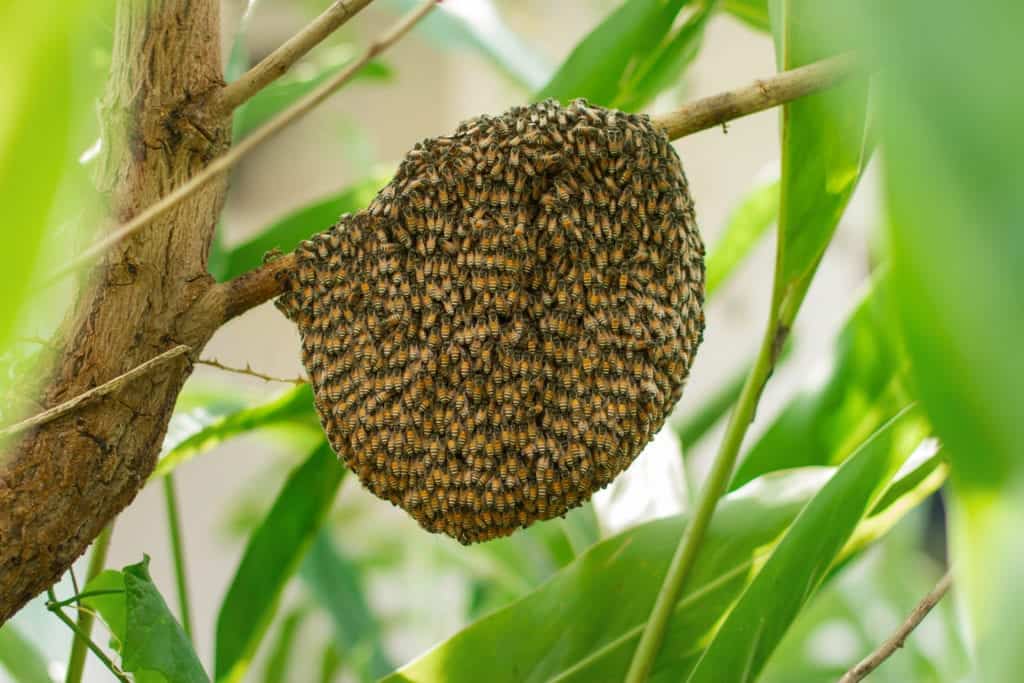
3. Human Bot Flies
Bot flies may not have any venom, stingers, or poison, but they have a tendency to lay their eggs under the skin of mammals, making them a terrifying and surprising parasite. Although the eggs and larvae are not deadly, those unfortunate to have myiasis (any fly infestation within the body) from bot flies can experience a series of health problems due to the parasites. The sites of the buried eggs turn into pustules that can be rather painful, have a tendency to seep bodily fluids, and even have the potential to become infected. 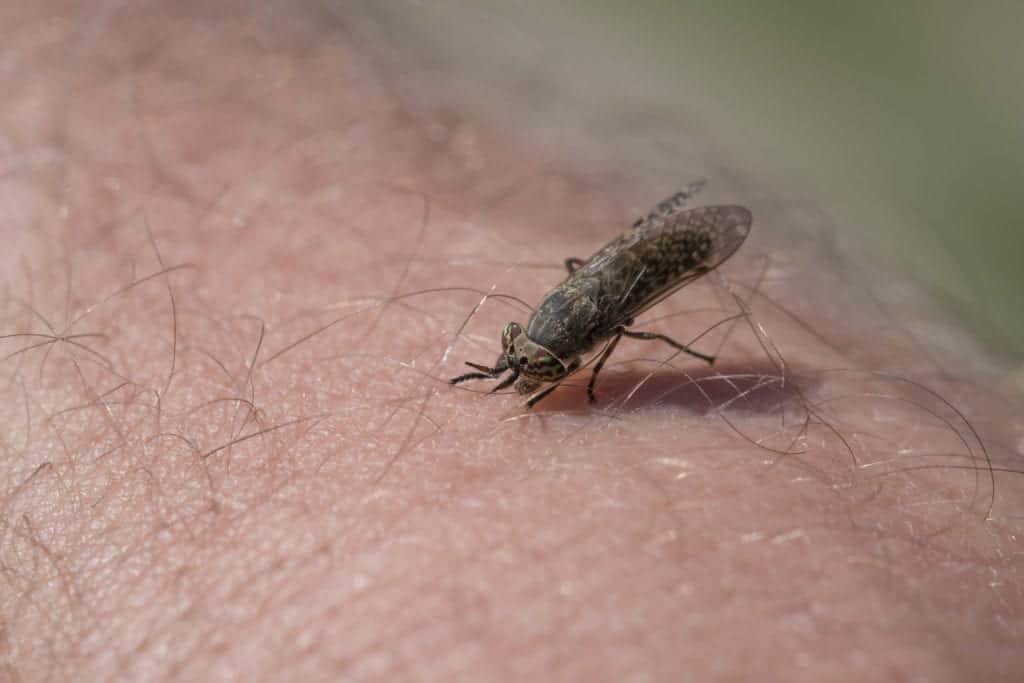
4. Fire Ants
These ants are well known to be extremely aggressive. Not only do they have a tendency to kill other species of ants, but they have even committed murder within the animal kingdom, taking down small rodents and birds. While they may be far smaller than their cousins the bullet ants, this can actually make them almost more dangerous because it is easy to stumble across a high population of these stingers. 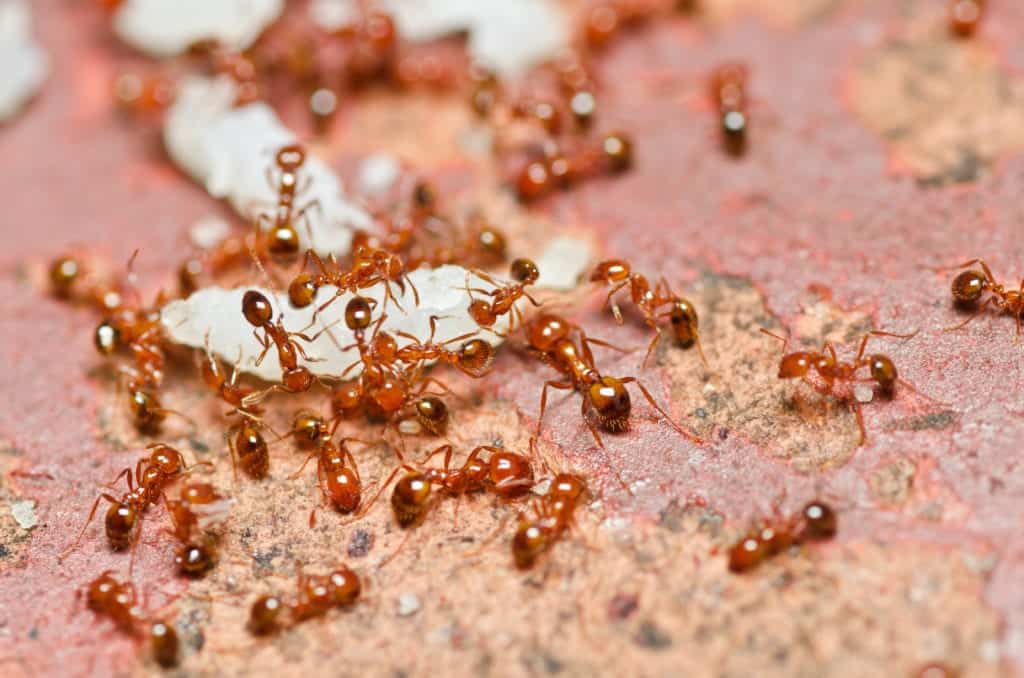
5. Puss Caterpillar
This insect is easily the most adorable on this list… adorable, but dangerous! Appearing like a little tuft of golden fur waddling around, the puss caterpillar seems completely harmless, if not even fun. However, just underneath its cute-looking fuzz hides a collection of extremely toxic spines. When coming into contact with these spines, there is a high risk of quickly falling into a state of fatal anaphylaxis. Luckily, no deaths have been recorded as of 2018, however, the rising population of these bugs in the southern United States is causing concern over the possibility of such occurrences happening in coming years. 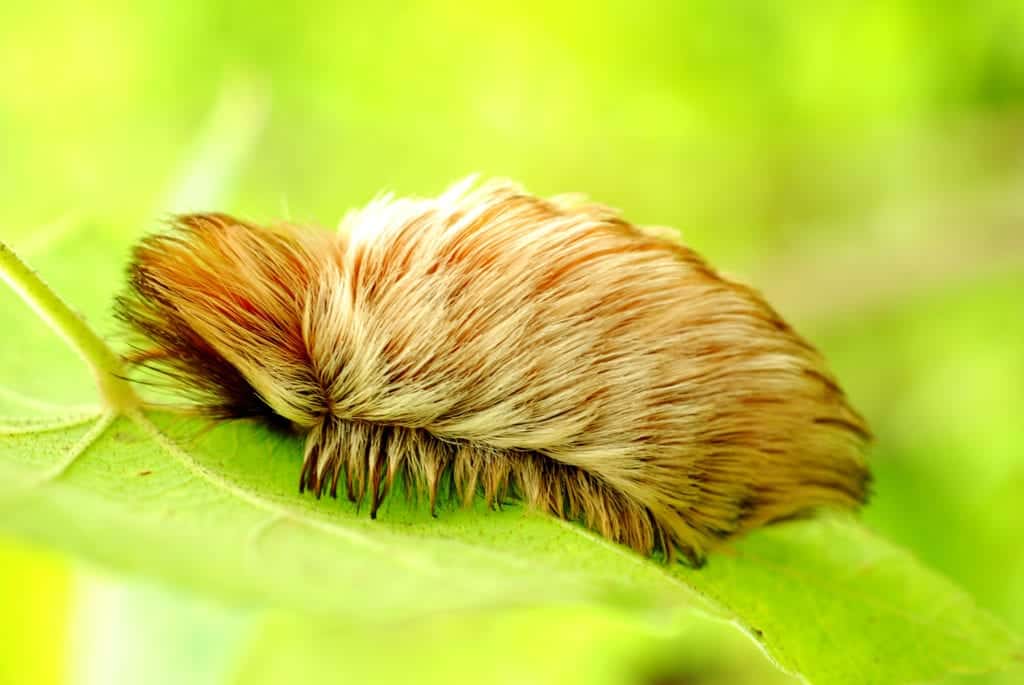
6. Kissing Bugs (aka. Vampire Bugs)
Kissing bugs, similar to bed bugs, mosquitos, ticks, etc., are vampiric insects that feast on the blood of living victims in order to live. Their name, “kissing bugs,” refers to their tendency to bite the lips of unsuspecting people as they sleep. While the bites themselves are not necessarily deadly, these insects are notorious for transmitting a detrimental disease known as Chagas. Each year, roughly 12,000 deaths are reported worldwide due to this kissing bug disease. 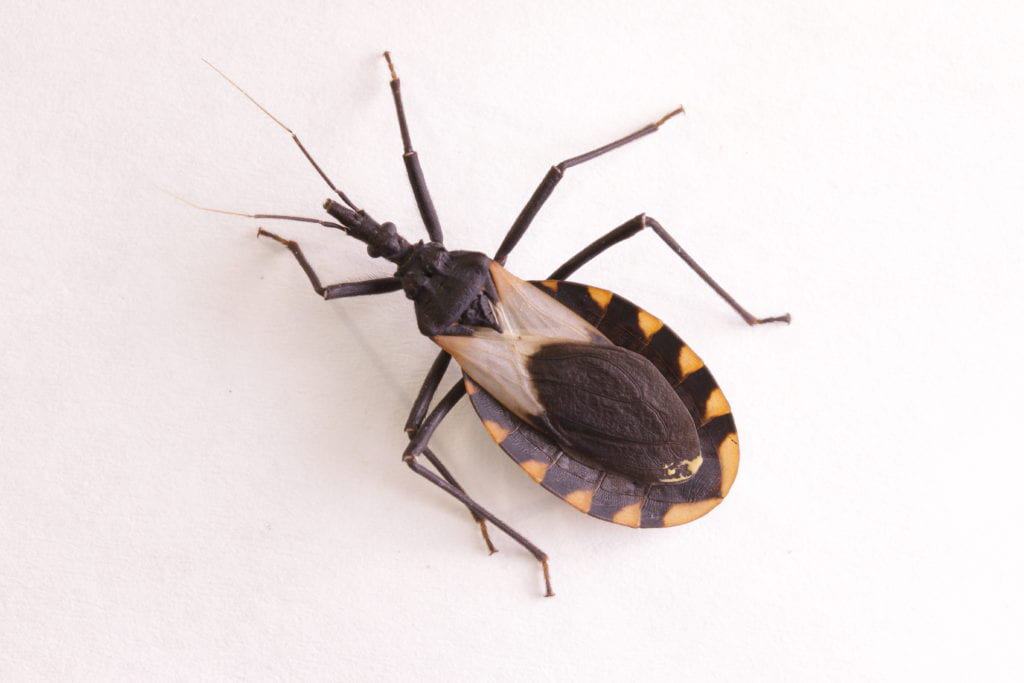
7. Tsetse Flies
These native African flies are also vampiric in nature and are responsible for killing roughly half a million people each year. The bites of tsetse flies contain toxins that have the potential to ravage a healthy adult in the form of “sleeping sickness.” If left untreated the sicknesses resulting from tsetse bites can easily lead to death. In other serious cases, the toxins can affect a person’s nervous system, making it difficult to move, speak, or even stand. 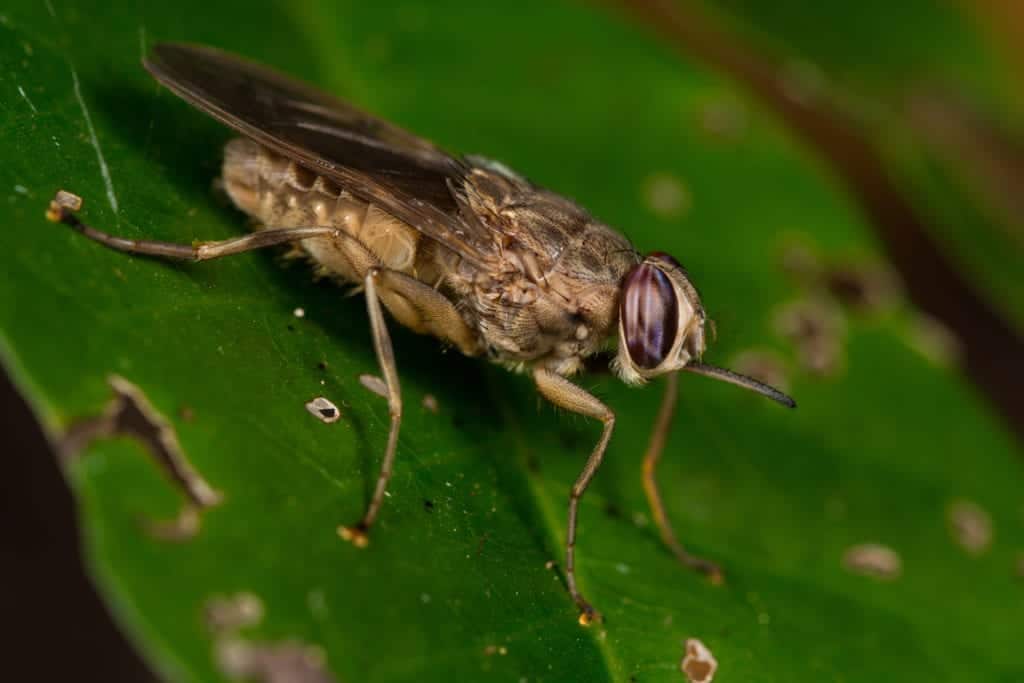
8. Driver Ants (aka. Siafu)
Up to 22 million ants can exist in a single driver ant colony, making these extremely vindictive insects very powerful. They often are found to relentlessly attack other bugs or mammals alike until they are dead. In fact, driver ants are known for being so aggressive that even elephants actively avoid these nasty insects. 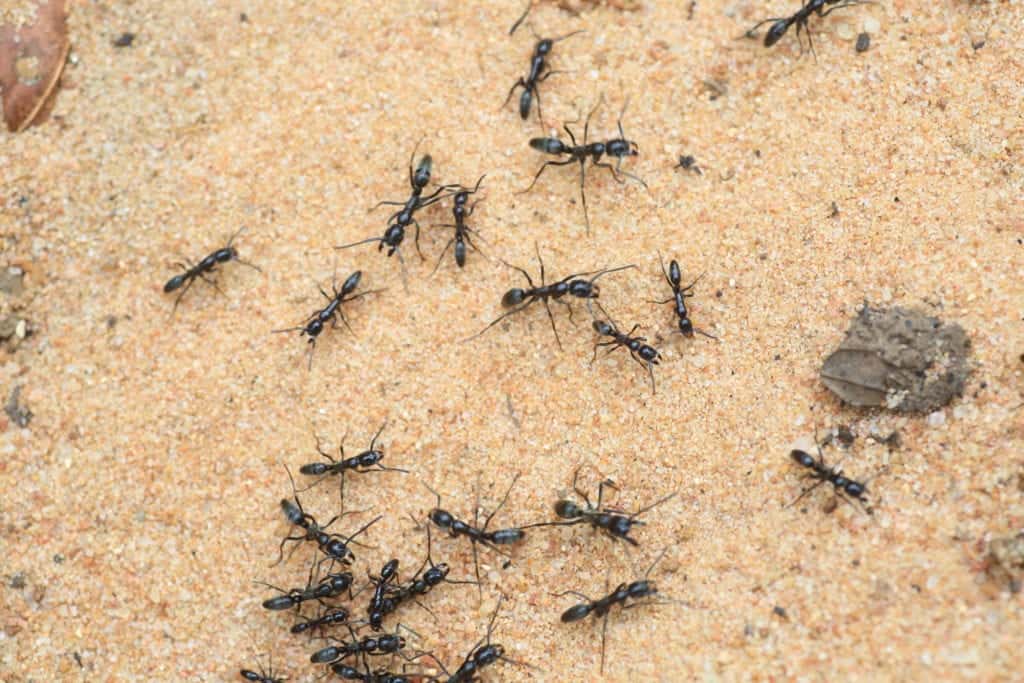
9. Asian Giant Hornets (aka. Murder Hornets)
Vespa Mandarinia, the Asian Giant Hornet, are well known for causing such carnage and devastation. They earned their infamous nickname, ‘Murder Hornet’ due to their tendency to rip off the heads of innocent bees and wipe out entire hives in a matter of a few hours. They even occasionally try to inhabit the now desolate hives, creating a new colony of vicious hornets in its place. They are larger than any other hornet or breed of Aculeatas (stinging/flying insects including bees, wasps, yellowjackets, hornets, etc.) with their queens measuring up to 2 inches in length. Their mandibles are powerful, able to deliver highly painful, sharp bites, while their stings have been described as agonizing. One victim, a beekeeper by the name of Conrad Bérubé, commented that, “it was like having red-hot thumbtacks being driven into my flesh.” Other reports from people who have been unlucky enough to encounter these insects, corroborate this account, confirming that an attack from murder hornets is indeed agonizing and can lead to permeating aches/pains in the areas of attack. However, the pain is the least of your worries as, in extreme cases, the sting of a murder hornet can be fatal. In Japan, on average, a total of 30-50 deaths a year are caused by murder hornets and, between just July and October in 2013 in the Shaanxi province of China, 41 people were killed and 1,660 were injured by murder hornets. 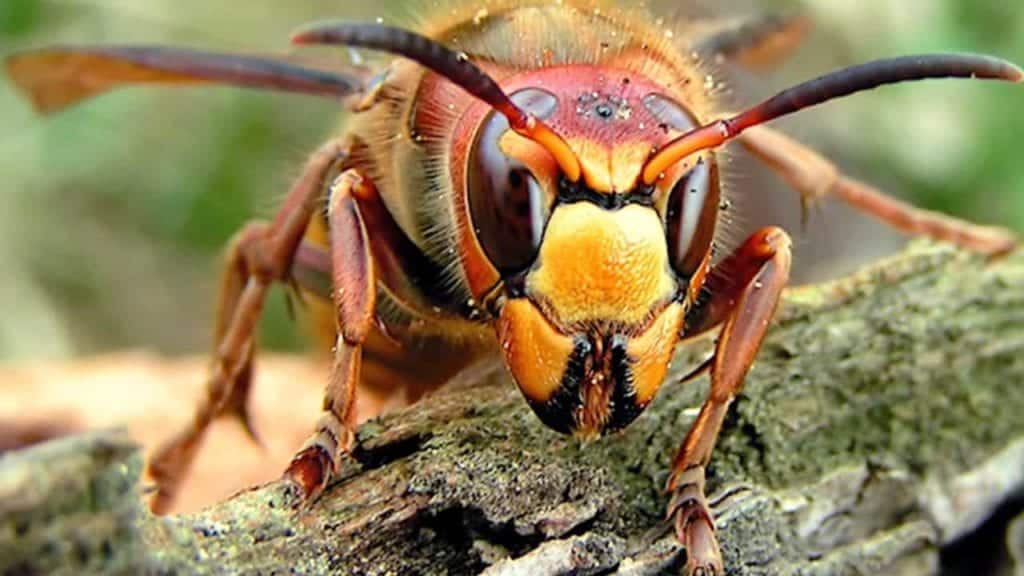
10. Mosquitos
Named the “World’s Deadliest Animal” by the CDC, the mosquito is easily the most dangerous insect on this list. There are an estimated 3,200 different species of mosquitoes alive on Earth today, 174 of which can be found in the United States. These nasty invertebrates are vectors of highly dangerous and detrimental diseases, some of which are even fatal. Some commonly transmitted diseases include Malaria, Zika Virus, West Nile Virus, Dengue, Yellow Fever, Chikungunya, and Lymphatic Filariasis. Each year, mosquito transmitted diseases are responsible for several million deaths worldwide, earning the pests an infamous reputation of death and desolation. 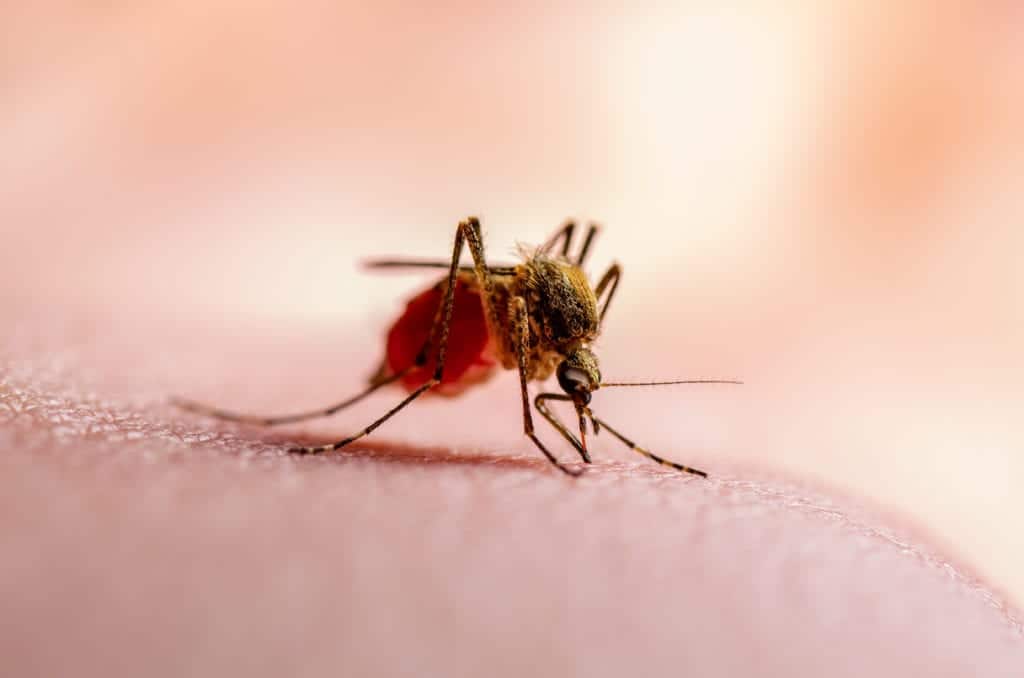
Citations
10 Most Dangerous Insects You Must Run Away From (2020) YouTube. Top 5 Best. Available at: https://www.youtube.com/watch?v=gK4ijVsrUTI (Accessed: September 2020). Baker, M. (2020) ‘Murder Hornets’ in the U.S.: The Rush to Stop the Asian Giant Hornet, The New York Times. The New York Times Company. Available at: https://www.nytimes.com/2020/05/02/us/asian-giant-hornet-washington.html (Accessed May 2020). Fighting the World’s Deadliest Animal (2019) Centers for Disease Control and Prevention. The U.S. Department of Health and Human Services. Available at: https://www.cdc.gov/globalhealth/stories/world-deadliest-animal.html (Accessed: September 2020). Hill, C. and MacDonald, J. (2008) Purdue University. The College of Agriculture: Entomology. Available at: https://extension.entm.purdue.edu/publichealth/insects/mosquito.html#top (Accessed: April 2020). Hill, S. and Connelly, R. (2008) Human Bot Fly, The Entomology Department of the University of Florida. The Florida Department of Agriculture and Consumer Services. Available at: http://entnemdept.ufl.edu/creatures/misc/flies/human_bot_fly.htm (Accessed: September 2020). Mosquito-Borne Diseases (2016) Centers for Disease Control and Prevention. National Institute for Occupational Safety and Health. Available at: https://www.cdc.gov/niosh/topics/outdoor/mosquito-borne/default.html (Accessed: April 2020).
Request a Free Quote Today
(We do not share your data with anybody, and only use it for its intended purpose)


